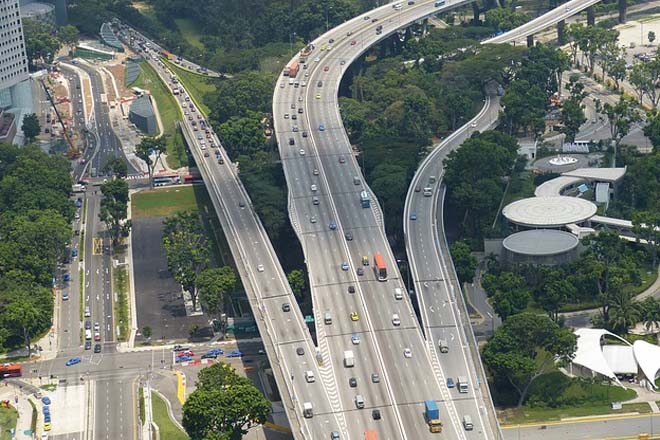South Asia’s eastern subregion, comprising Bangladesh, Bhutan, India, and Nepal, needs to invest an estimated extra $118 billion in road safety over the next decade to halve its road crash fatalities, says a new World Bank report, noting that this will bring $1.2 trillion in economic benefits annually, equivalent to 3.75 percent of regional GDP.
Released today at the Third Global Ministerial Conference on Road Safetyin Stockholm, the report Road Safety in South Asia: Opportunities for Shared Regional Initiatives points to thehigh death rate on the eastern subregion's roads caused by chronic lack of investment in systemic, targeted, and sustained road safety programs and identifies relevant investment priorities to reverse the trend.
“Years of rapid economic growth in South Asia, followed by a steep rise in vehicle ownership have led to mounting traffic deaths and contributed to lost economic opportunities,” said Hartwig Schafer, World Bank Vice President for South Asia. “South Asia’s road safety crisis is unacceptable but preventable. The good news is that South Asian countries recognize the urgent need to protect their people, save lives, and sustain their journey toward greater prosperity. We at the World Bank stand ready to support their efforts.”
While urgent national-level actions in countries across the eastern subregion, which account for the bulk of South Asia’s population, vehicles, and road crash fatalities, remain a top priority, the report also calls for regional initiatives to make roads and vehicles safer.
The report emphasizes the need to focus on regional trade corridors where crashes are significant, and roads are unsafe. All categories of road users and vehicle types – animals, pedestrians, bicycles, rickshaws, motorcycles, motorized three-wheelers, cars, minibuses, buses, mini trucks, trucks, and agricultural vehicles – are represented in these corridors with narrow lanes, limited or no shoulders, and inadequate pedestrian facilities.
The road safety conditions on these regional corridors mirror the nature and scale of conditions prevalent on national highways. Crash data collected in a sample of highway sections across Nepal, India, and Bangladesh reveal alarming annual fatality rates ranging from 0.3 to 3 fatalities per kilometer, at a yearly average of 0.87 fatalities per kilometer. In India, 34.5 percent of fatalities in 2016 resulted from crashes on the National Highways, which comprise only 1.79 percent of the country’s total road network.
To better monitor the effectiveness of road safety efforts, the report recommends a shared regional initiative to harmonize crash data management and analysis systems across South Asia. Currently, South Asian countries are in varying stages of developing crash data and performance management systems that analyze the underlying factors behind each crash – whether it was defective road infrastructure, faulty vehicle design or human error.
To complement these efforts and to facilitate more rapid and effective knowledge transfer, the report suggests South Asian countries could join the proposed regional road safety observatory for Asia and the Pacific.
“Historically, when countries reached motorization levels of between 50–100 vehicles per 1,000 people, road crashes became one of the leading causes of death and injuries. Improving road safety was then recognized as a national development priority. This holds important road safety lessons for the South Asia region where the rate of vehicle ownership has doubled over the past decade and remains on an upward trajectory,” said Arnab Bandyopadhyay, Lead Transport Specialist, World Bank. “The report's proposed regional initiatives will go a long way in helping countries improve road safety.”

